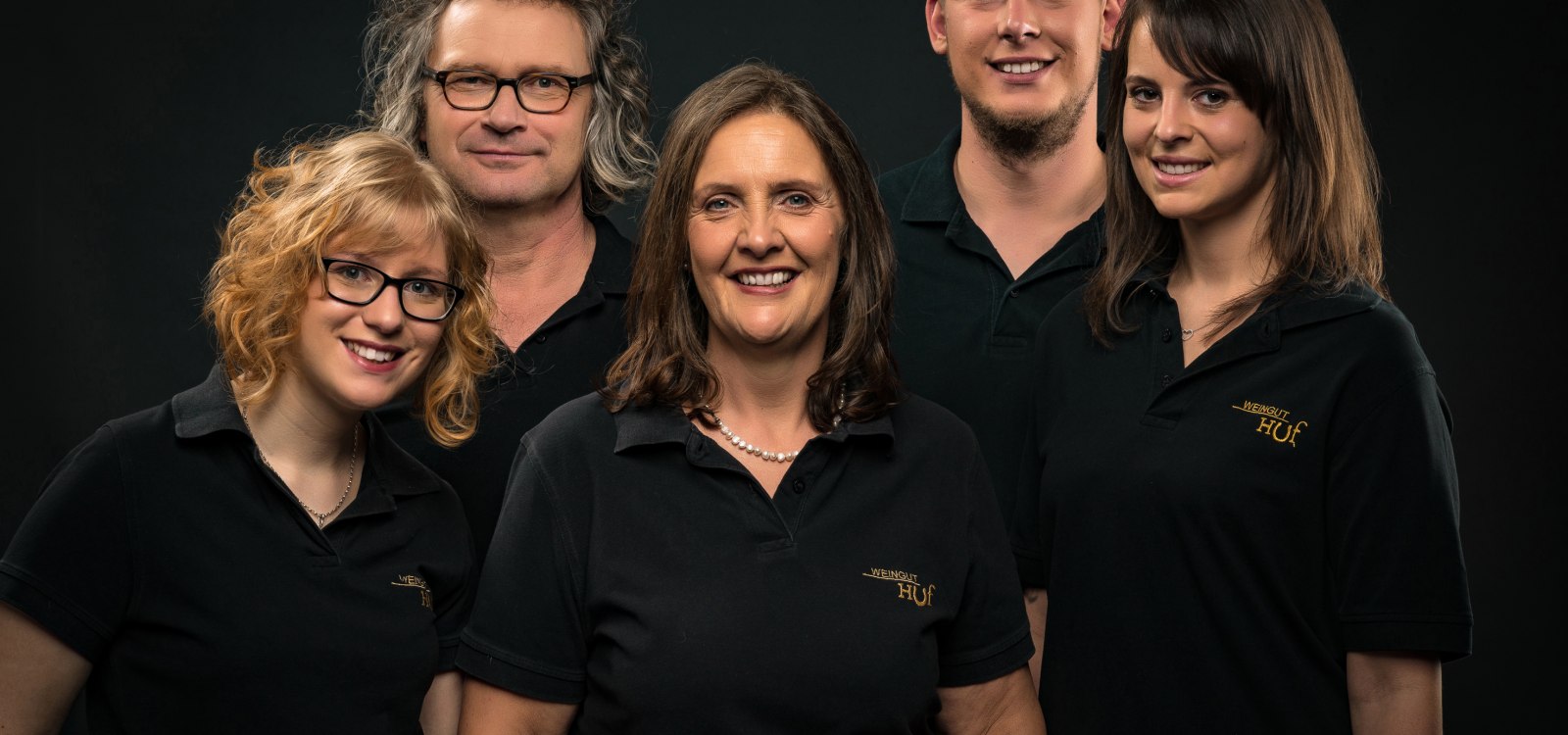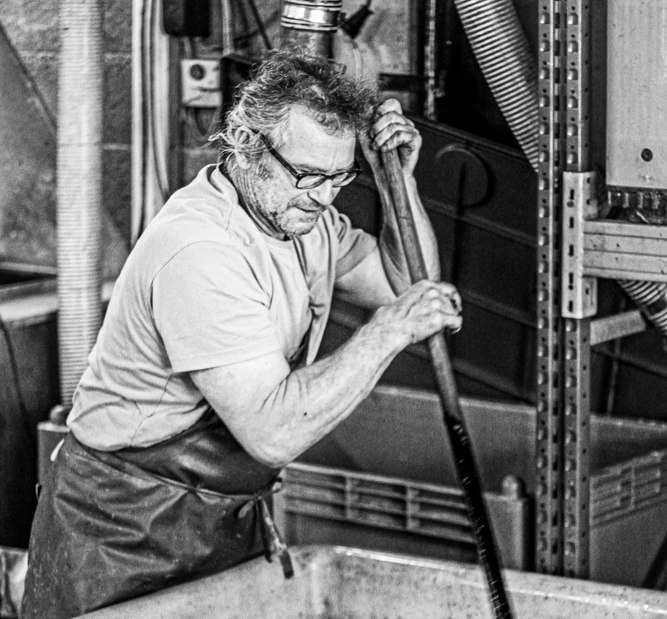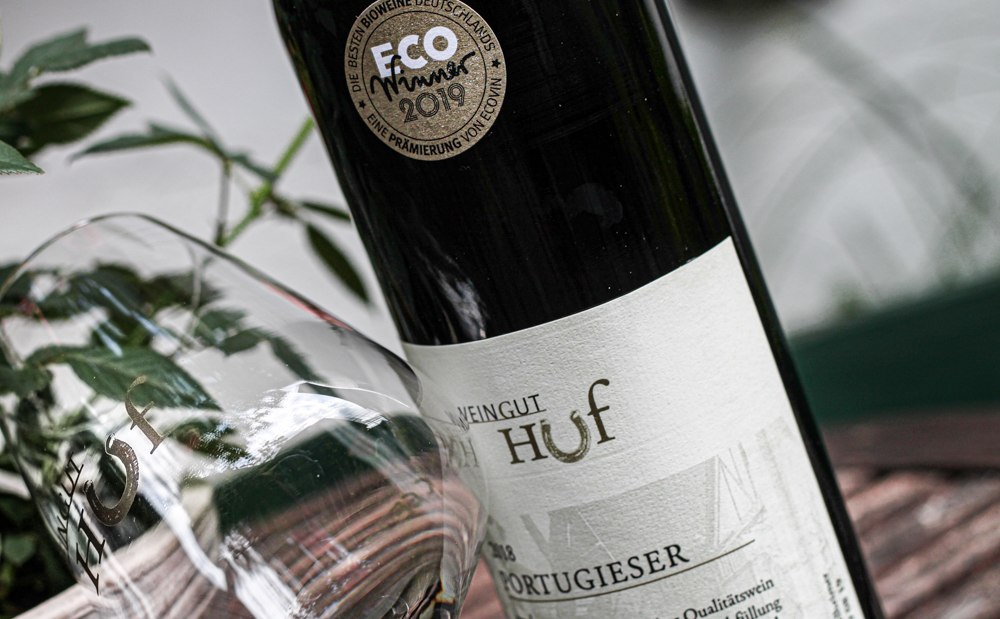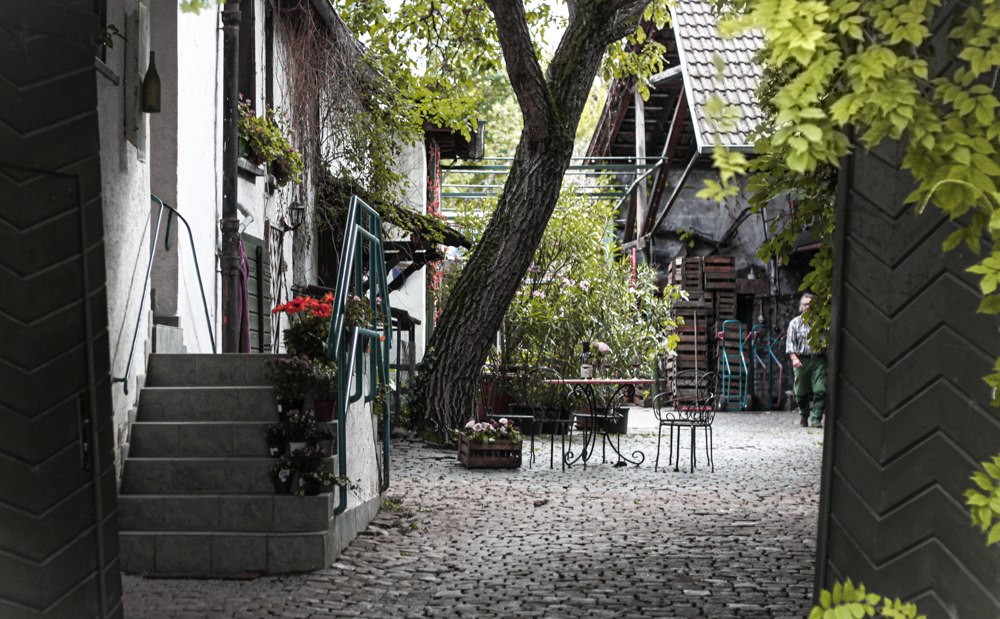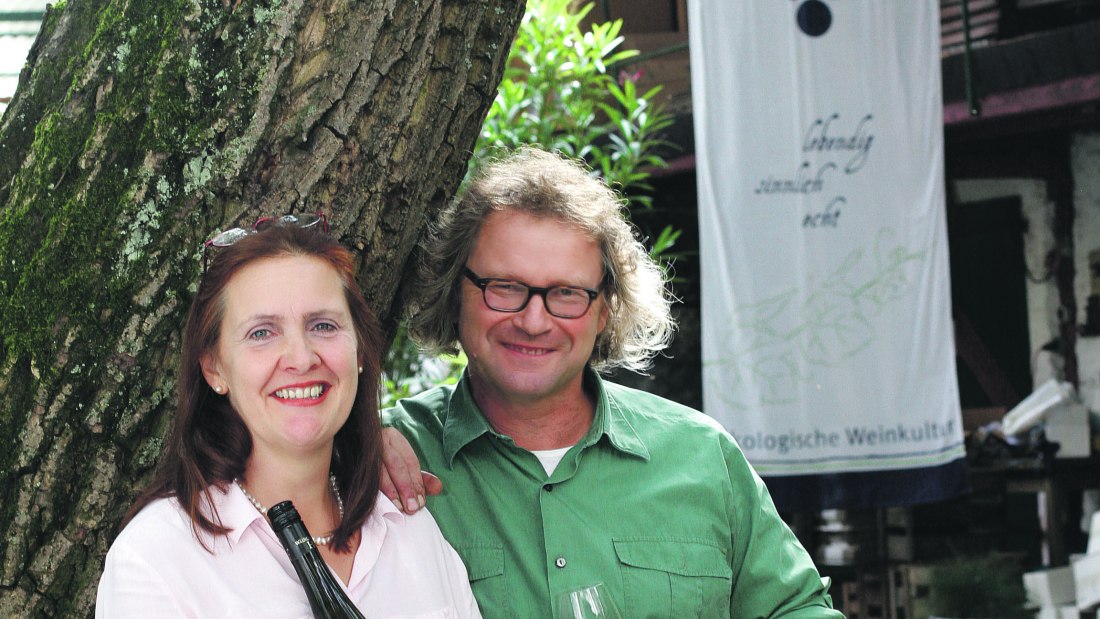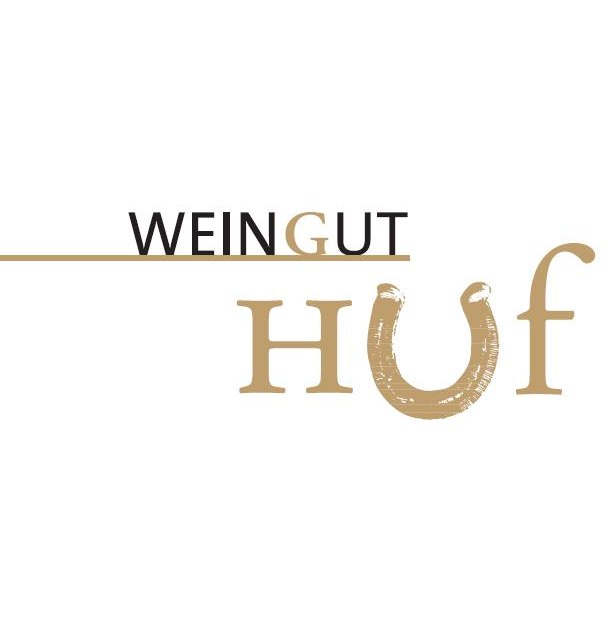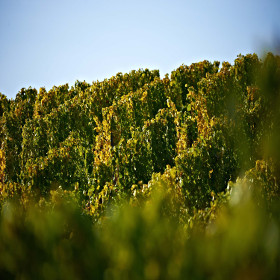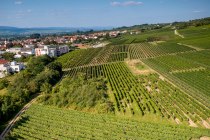Huf winery
The winery in Ingelheim is located on the northern edge of Rheinhessen, between the Rhine and the hilly landscape. Around 10 hectares of vineyards are cultivated here, exclusively ecological and EVOVIN-certified. Great red and white wines for wine lovers and connoisseurs, that is what the name Huf stands for now in the fourth generation.

